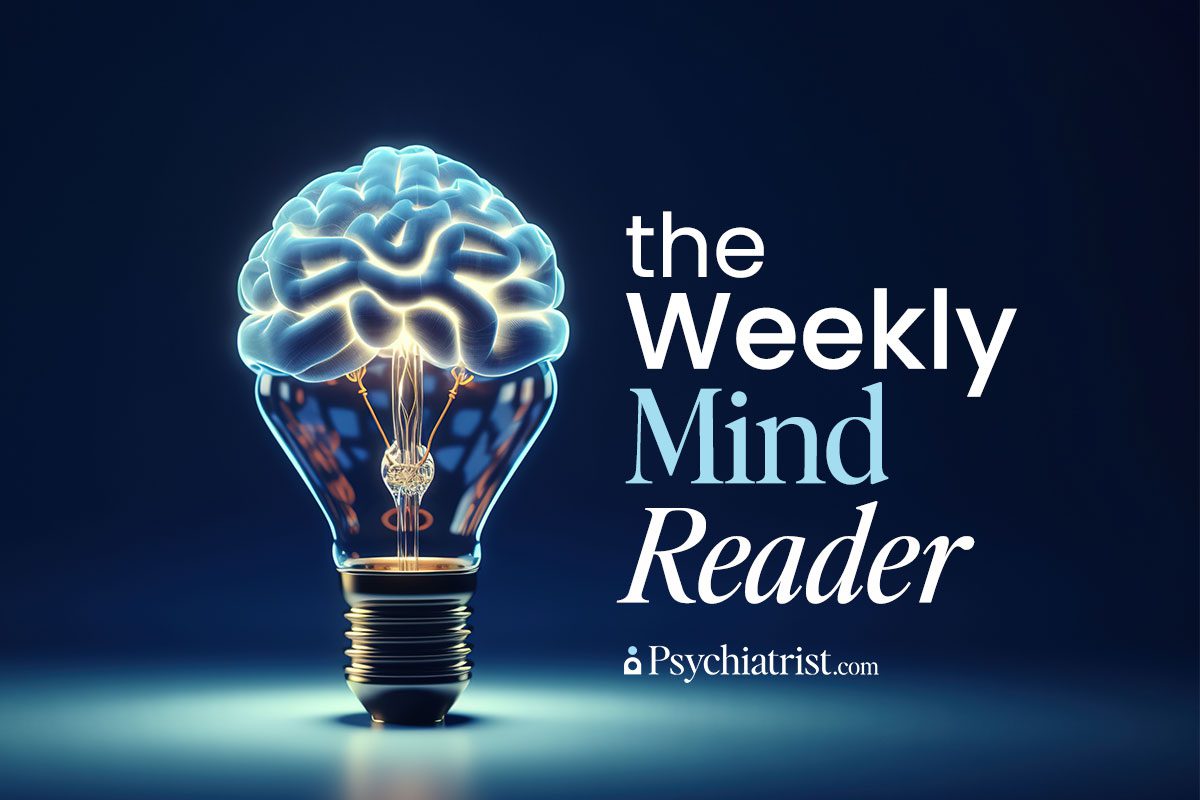This week reveals some startling data about tobacco use disorder, a strange side effect of an herbal appetite suppressant, and what can happen after a Vitamin D overdose.
New Study Reveals High Rates of Tobacco Use Disorder in the United States
New research in the Journal of Clinical Psychiatry suggests – strongly – that maybe it’s time to reconsider what we think we know about tobacco use disorder (TUD) in the United States.
The DSM-5 recognizes TUD as “a problematic pattern of tobacco use causing significant distress or impairment.” Despite exhaustive documentation of smoking rates worldwide, more recent prevalence estimates are hard to find. That’s because so many studies focus solely on frequency rather than the disorder itself.
For example, the last comprehensive U.S. TUD data – from the 2012–2013 National Epidemiologic Survey on Alcohol and Related Conditions-III – showed a 12-month prevalence of 20 percent and a lifetime prevalence of 27.9 percent.
But more recent prevalence rates remain a mystery. This is a gap that looms large as the tobacco landscape continues to shift, notably with the rise of vaping.
Leaning on data from the National Survey on Drug Use and Health (NSDUH) between 2010 and 2021, researchers examined the prevalence of cigarette smoking and TUD. They broke down smoking behavior into daily and nondaily smoking – with and without TUD.
The findings show a distinct drop-off in daily smoking with TUD, nondaily smoking with TUD, and nondaily smoking without TUD over the past decade. The prevalence of daily smoking outside of TUD remained unchanged.
In 2021:
- 17 percent of adults reported smoking at least once over the previous 30 days.
- 11 percent smoked daily – one in 10 of whom had been diagnosed with HUD.
- Finally, 6 percent smoked nondaily – with 4 percent of them meeting TUD criteria.
Additionally, nondaily smokers frequently used other nicotine products, such as e-cigarettes, suggesting a complex pattern of dual use. Consequently, this study underscores the importance of considering both smoking frequency and TUD symptoms in clinical assessments. It could also help caregivers develop more targeted treatments for all smokers.
IN OTHER PSYCHIATRY AND NEUROLOGY NEWS
- The Primary Care Companion for CNS Disorders published a case report about a woman who experienced psychotic symptoms after ingesting an herbal appetite suppressant.
- The JCP also has the latest from Dr. Freeman, who discusses the understudied phenomenon of pregnancy-related extreme dysphoria or depression, distinct from typical major depressive episodes. Three illustrative case vignettes are presented.
- Another PCC case study shares the story of a 14-year-old boy with a history of TBIs, highlighting the evolution of neuropsychiatric effects, which can lead to multiple differential diagnoses attempting to explain his symptoms.
- Original JCP research examines patients of childbearing age who have had atypical responses or side effects to antidepressants.
- Finally, in the General Hospital Rounds, PCC reports on a 28-year-old man presented to the emergency department with severe agitation, insomnia, weakness, constipation, and muscle jerks after nonsuicidal overdosing of vitamin D.


